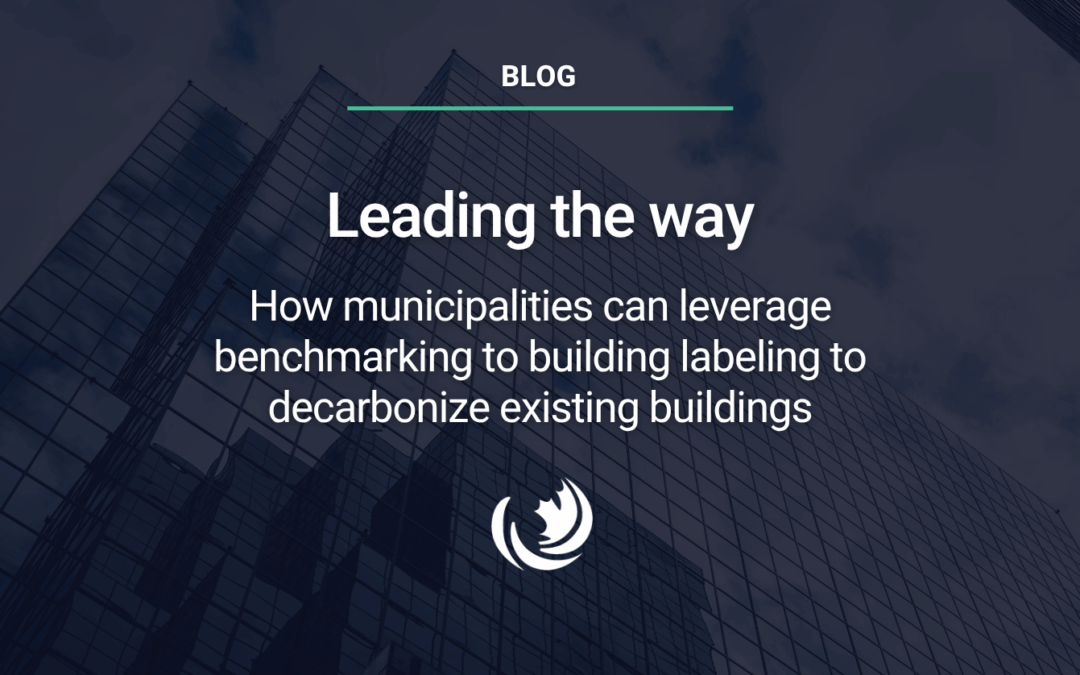
Since 2000, the total emissions per unit floor area in Canadian buildings have decreased by about a quarter—this is good news. Overall, however, there has been a slight uptick in building sector emissions since 2005.
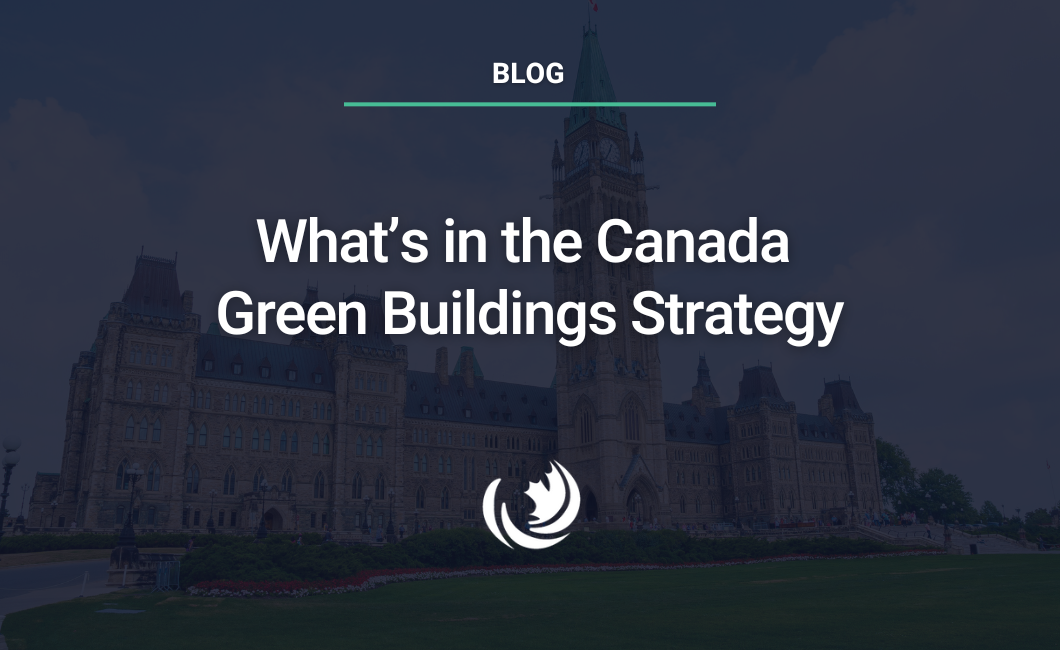
The federal government released its Canada Green Buildings Strategy. The strategy recognizes that green buildings are affordable, healthy, and climate-resilient. Yet, to deliver on this promising future, the strategy needs to include new public investments or clear regulatory pathways.
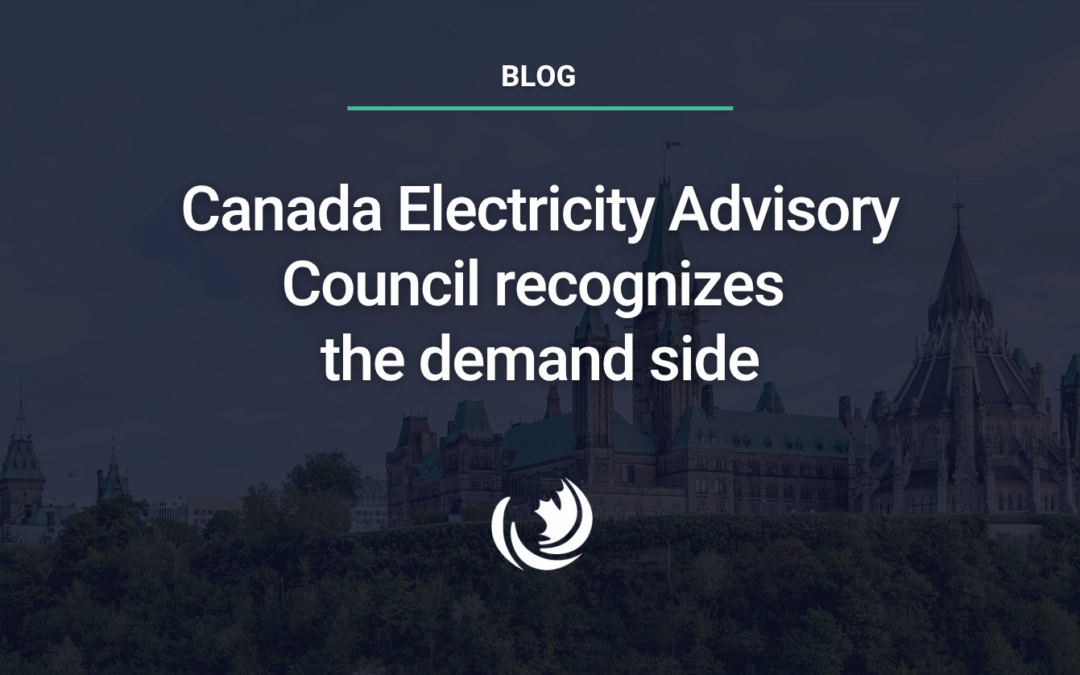
On June 10, 2024, the Canada Electricity Advisory Council publicly released its Final Report, Powering Canada: A blueprint for success. The Council is an independent body of 19 electricity sector leaders created shortly after the 2023 federal budget to advise the Minister of Energy and Natural Resources of Canada.
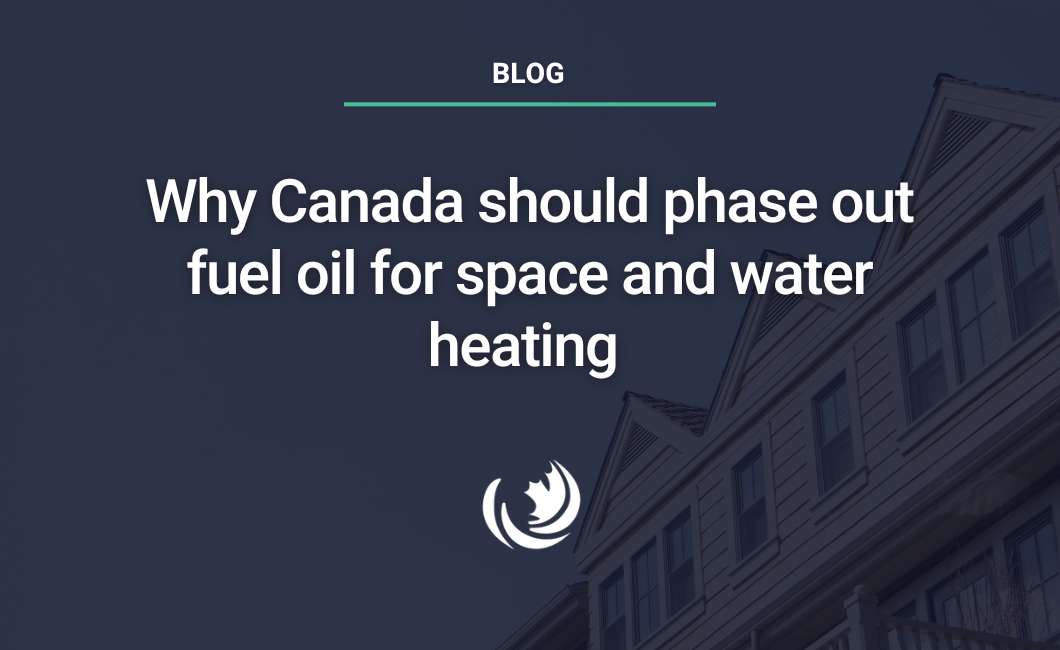
Fuel oil is Canada’s most polluting way of heating buildings and water. All new systems should use a more energy-efficient alternative.
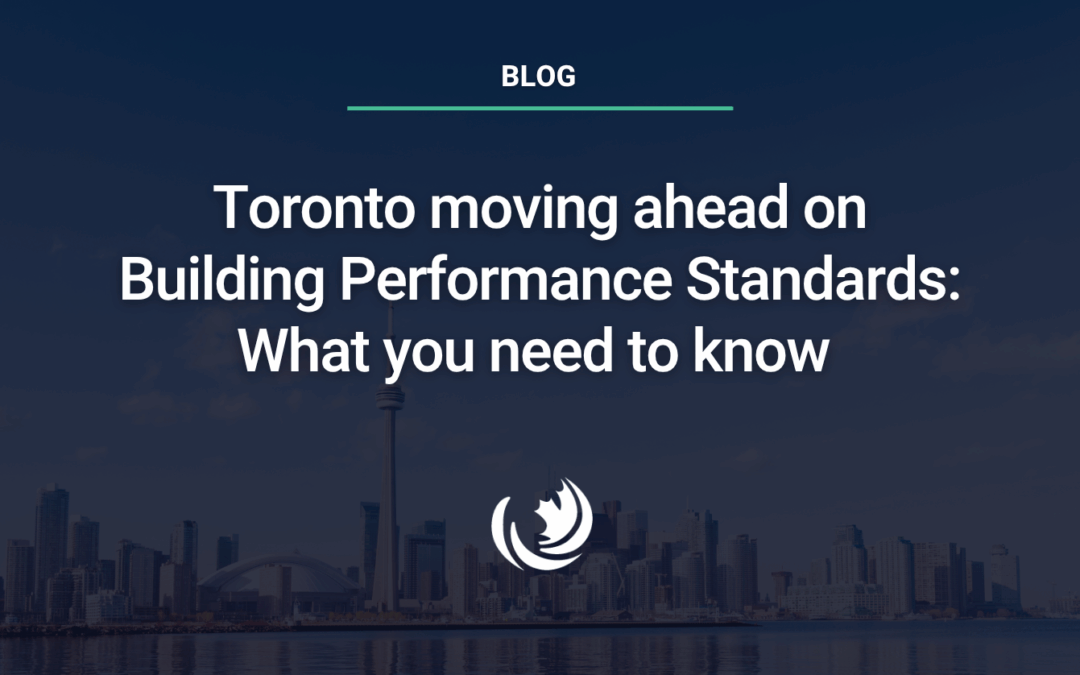
Toronto is joining other major North American cities in mandating building performance standards.

Heat pumps offer building owners and occupants many benefits including increased comfort, often lower utility costs and access to efficient cooling — increasingly essential due to climate change.







